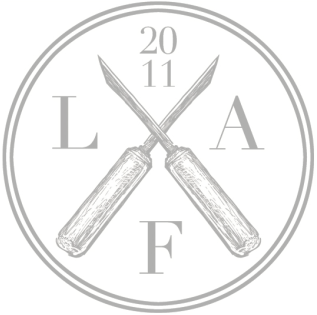This Pemulen TR-2 oil-in-water (o/w) emulsion was designed with the Modular Cleaning Program (MCP) developed by Chris Stavroudis to remove soiling materials and decomposition products intermixed with aged plant-resin varnish on a wooden artifact. The advantage of an emulsion is that both water and solvents can be used simultaneously to solubilize intermixed residues of polar & non-polar materials.
Pemulen TR-2 is a blocked poly(acrylic acid)/polyacrylate copolymer/cross-polymer preparation capable of creating hydrophobic regions that act as emulsifiers, eliminating the need for a surfactant. Pemulen TR-2 at 1% (w/v) can be used from pH 6-9 and hold around 30-40% of the solvent phase. It has a chelating effect due to carboxylic acid groups in its poly(acrylic acid) structure. Triethanolamine (TEA) is an organic tertiary amine base that neutralizes the Pemulen TR-2. TEA has three alcohol groups enabling it to perform similarly to related alcohols and esterify & swell oil varnishes.
The aqueous component of the emulsion is the continuous phase. The Gamsol (ShellSol D38 refined to remove impurities/aromatics) is the 'oil' or dispersed phase. Citric acid acts as both the buffer and chelator. Citric acid has three pKas: 3.1, 4.7, and 6.4 with 6.4 generally being the one of interest to conservators. This indicates it will be an effective buffer from pH 5.4-7.4. I need a pH of 6.5 for this cleaning material, so citric acid is an excellent choice.
Disclaimer: do not attempt to use any of these specific cleaning systems. They are tailored to each object. Application in another context may permanently damage the object. These posts are meant to be educational only.
References:
Cremonesi, et al. “The Influence of Organic and Inorganic Alkalis on the Formulation and Properties of Pemulen TR-2 Gels.” Gels in the Conservation of Art , Archetype Publications Ltd, 2017, pp. 165–171.
Stavroudis, Chris. “Gels: Evolution in Practice.” Gels in the Conservation of Art, Archetype Publications Ltd, 2017, pp. 209–217.
Stavroudis, Chris, and Wolbers. “Aqueous Methods for the Cleaning of Paintings.” Conservation of Easel Paintings: Principles and Practice, Butterworth-Heinemann, 2012, pp. 500–523.
